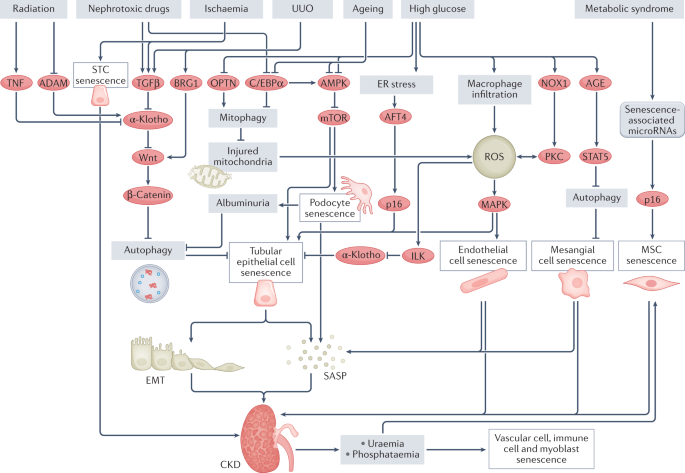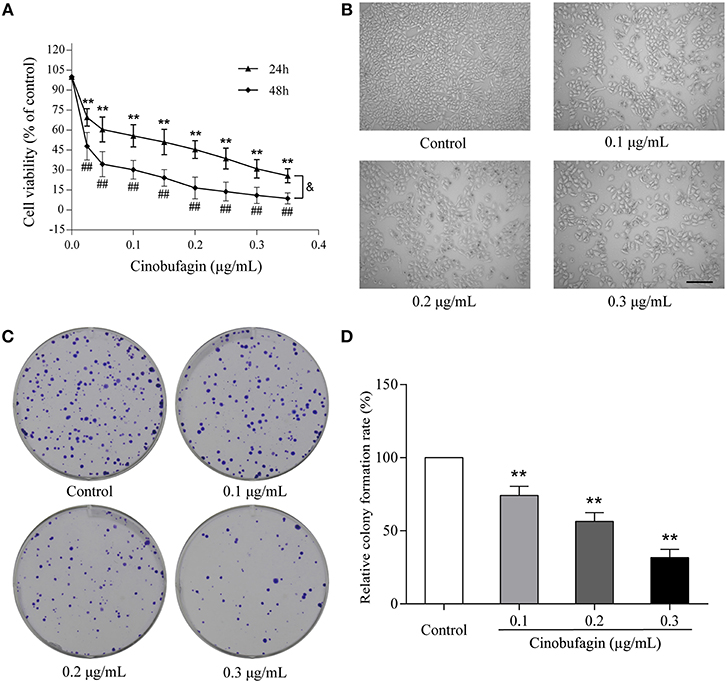Replicatively senescent cells are arrested in G1 and G2 phases - Figure F1
Por um escritor misterioso
Descrição
Senescent human fibroblast cultures contain a large fraction of putative G2-arrested cells with 4N DNA content. (A) Propidium iodide (PI) staining and flow cyctometric analysis of HCA2 normal human foreskin fibroblasts. Cells entered senescence at PD73. (B) PI staining of replicatively senescent human lung fibroblasts WI-38, and IMR-90 at PDs 73 and 68 respectively. (C) The fraction of 4N cells in senescent cell population does not diminish with time. Replicatively senescent HCA2 cells were analyzed by PI staining at weekly intervals for 10 weeks stating from the onset of senescence.
T cell senescence and p21 in systemic autoimmunity. In lupus-prone

Cellular senescence: the good, the bad and the unknown

MKK7 couples stress signalling to G2/M cell-cycle progression and

Cell cycle re-entry and arrest in G2/M phase induces senescence

Full article: Senescence from G2 arrest, revisited

Reorganization of chromosome architecture in replicative cellular

Frontiers Cinobufagin Induces Cell Cycle Arrest at the G2/M

Releasing YAP dysfunction‐caused replicative toxicity rejuvenates

PDF) Possibility of inducing tumor cell senescence during therapy
Full article: Senescence from G2 arrest, revisited

FGF19 induces the cell cycle arrest at G2-phase in chondrocytes

Proteostasis collapse halts G1 progression and delimits
Targeted elimination of senescent Ras-transformed cells by

FGF19 induces the cell cycle arrest at G2-phase in chondrocytes
MicroRNA-152 and -181a participate in human dermal fibroblasts
de
por adulto (o preço varia de acordo com o tamanho do grupo)







